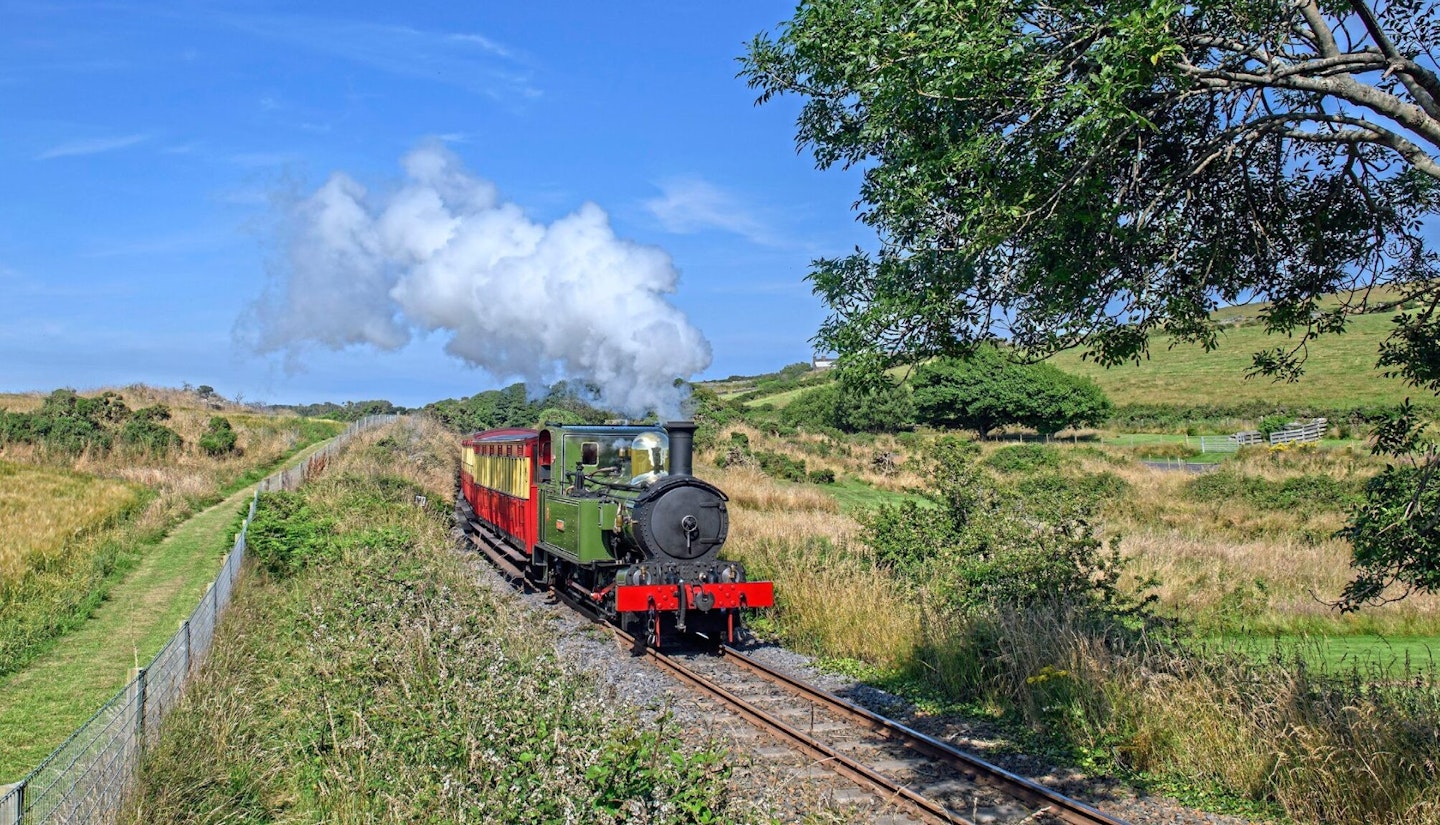The HRA view
HERITAGE RAILWAY ASSOCIATION CHIEF EXEC STEVE OATES TACKLES STEAM’S BURNING ISSUES


WHEN JOE Biden announced he was withdrawing from the race to be President of the United States, it inevitably hit the headlines the world over. It even knocked a Heritage Railway Association story out of one of the tabloids! But that’s not why it resonated with me as relevant to our sector.
It’s easy to forget that someone with such a huge place in the world – arguably the most influential man on the globe – is still a mere mortal. Despite all of the advisers, media circus and speculation, the decision to call it a day must still have been a deeply personal one – and actually quite an honourable one, praise for which has been widespread.
Because how many people, when sat in the top chair or at the ‘top table’, would be able to decide that it’s time for someone else to have a go? Perhaps someone with different ideas and experiences; maybe a bit younger or from a different background; even someone who might need a bit of trial and error to find their feet, but ultimately with fresh perspectives and very capable of making a better job of things than you.
And sadly, here’s the point. I think parallels exist around the boardroom tables of heritage railways up and down the country.
Of course, some longevity of relevant experience and corporate knowledge is vital, but how much stronger would our sector be if some of our elder statesmen took a more Biden-esque approach?
As a sector, we’re very good at saying that we need ‘new blood’, ‘younger people’ and different demographics to come and get stuck in. But what we’re not so good at is giving those people of different ages, sex, background or skill sets a chance at the higher levels.
There are many cases where the founding fathers of our heritage railways are still to be found in senior positions and on their boards all these decades later. And, yes, I understand the temptations and the thought processes that go on in the minds of longstanding directors and trustees. They’re the people who have put in decades of hard work and often put their hands in their pockets during those early years. In the eyes of many, it’s ‘their’ railway.
Trouble is, these days it’s not.
Some could scarcely have imagined 40 or 50 years ago what their railway would become… probably a sizeable (often multi-million pound) business, an employer, a key part of the local and regional visitor economy, a charity with public benefit obligations, and subject to a wealth of compliance and safety obligations. It’s much more than just ‘your’ railway now.
And there’s the rub. Running a heritage railway in 2024 is very, very different to running one in 1974, 1984 or even 1994. I know, I was there (albeit as a youngster). The skills needed are completely different and the responsibilities placed on boards and trusts are certainly not reduced.
If you’re an elder statesman of heritage rail, are you genuinely having those difficult discussions and thinking about what’s really best for ‘your’ railway – even if it’s an internal monologue for now? Can you be certain that you’re still the best person to occupy a board position? And even if you might still be the best person for the job today, have you worked out how to ensure a sensible and structured transition in the not-too-distant future?
None of us got involved with railway preservation to take it to the grave with us. The only way we can avoid doing that is by truly embracing succession planning – and well before we need to emulate President Biden.
